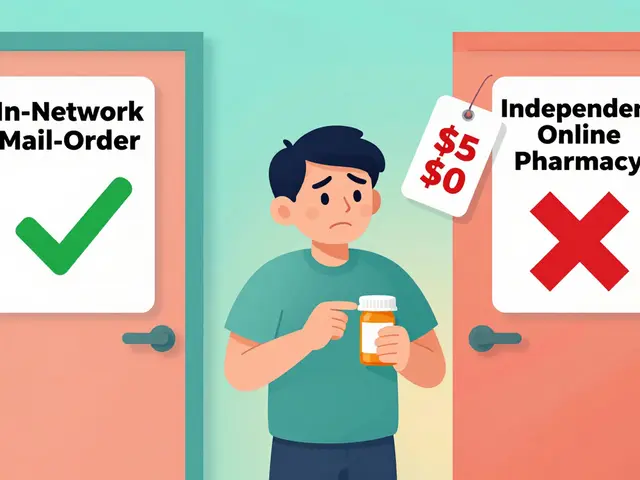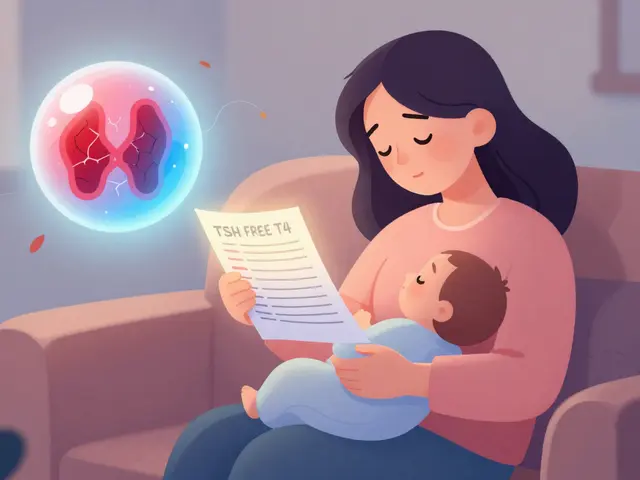Pain management: clear, practical steps for real relief
Around one in five adults live with chronic pain. If that includes you, the goal isn’t just masking pain — it’s improving how you move, sleep, and live. This tag collects straightforward guides: how medicines work, non-drug options that actually help, and safety tips for buying meds online.
Quick pain-first-aid tips
For sudden pain from injury, try a short plan: rest, ice for 20 minutes every 2–3 hours for 48–72 hours, and an over-the-counter NSAID like ibuprofen if your doctor says it's OK. For muscle strains, gentle movement and a few days of avoided heavy use speeds recovery more than strict immobilization. If pain is sharp, worsening, or comes with fever, numbness, or weakness, see a clinician fast.
Chronic pain needs a different view. Track what increases or eases pain — activity, sleep, stress, meals — and rate pain and function daily. That data helps your clinician tailor treatment and shows whether a therapy is actually working.
Practical treatments that work
Start with low-risk options: exercise or graded physical therapy for back, neck, and joint pain; cognitive behavioral therapy for the pain–mood loop; and weight loss if joints are overloaded. Medications have a role: NSAIDs and acetaminophen for many pains, topical creams for localized pain, antidepressants (like duloxetine or amitriptyline) and anticonvulsants (gabapentin, pregabalin) for nerve pain. Short opioid courses can help after surgery or severe injury, but long-term opioid therapy raises risks and needs careful review.
If pills aren’t enough, ask about injections, nerve blocks, or referral to pain specialists. These interventions can reduce medication needs and often speed functional recovery.
Natural supplements show mixed results. Arnica and some herbal options may help bruising or mild joint aches for some people, but quality varies. Treat supplements like medicines: check doses, side effects, and interactions with prescriptions.
Want alternatives to hydrocodone or other strong opioids? Consider a combined plan: optimized NSAID use, topical agents, physical rehab, and targeted adjuvant meds for nerve pain. Many people report better function and fewer side effects when they reduce opioid use and add these options.
When choosing a strategy, focus on function (what you can do), not just the pain number. Even small gains — walking 10 minutes more, sleeping an hour longer — matter.
How to safely buy pain meds online
Need to order medication online? Only use pharmacies with a visible license, clear contact info, secure payment, and pharmacist access. Legit sites ask for a prescription for controlled drugs and won’t push impossible discounts. If a deal looks too good or the site won’t verify a prescription, walk away. Our site has reviews that show what to check and red flags to avoid.
Talk to your healthcare team before changing meds or buying online. Combine realistic goals, a tracking plan, and safe sourcing — that’s the way to better pain control with fewer surprises.
As a dentist, I've seen many patients seeking relief from dental pain, and one effective solution I often recommend is Flurbiprofen. This non-steroidal anti-inflammatory drug (NSAID) has proven to be successful in reducing inflammation and providing pain relief for various dental issues, such as toothaches and postoperative pain. Additionally, Flurbiprofen has fewer side effects compared to other NSAIDs, making it a safer option for many patients. Furthermore, it's easily accessible as it's available over-the-counter or with a prescription at a higher dosage. Overall, Flurbiprofen is a reliable choice for managing dental pain, but it's always essential to consult your dentist before taking any medication.



